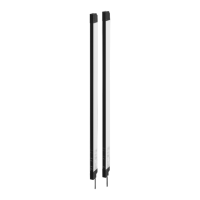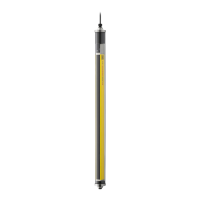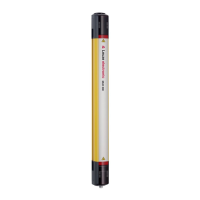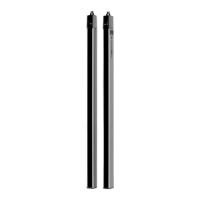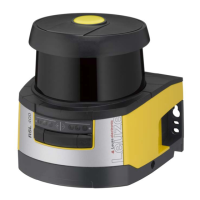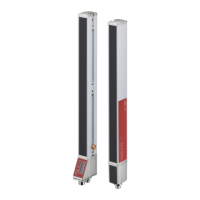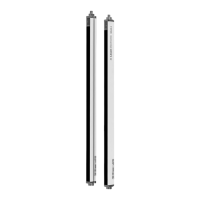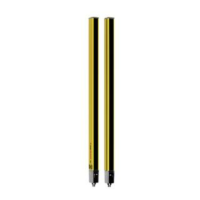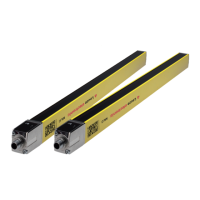Safety
Leuze electronic MLC 520 7
2 Safety
Before using the safety sensor, a risk assessment must be performed according to valid standards (e.g.
ENISO12100, ENISO13849‑1, IEC61508, ENIEC62061). The result of the risk assessment determines
the required safety level of the safety sensor (see chapter 14.1 "Safety-relevant technical data").
For mounting, operating and testing, this document as well as all applicable national and international stan-
dards, regulations, rules and directives must be observed. Relevant and supplied documents must be ob-
served, printed out and handed to affected persons.
Ä Before working with the safety sensor, completely read and observe the documents applicable to your
task.
In particular, the following national and international legal regulations apply for the start-up, technical in-
spections and work with safety sensors:
• Machinery directive 2006/42/EC
• Low voltage directive 2006/95/EC
• EMC directive 2004/108/EC
• Use of work equipment directive 89/655/EEC supplemented by directive 95/63EC
• OSHA 1910 Subpart O
• Safety regulations
• Accident-prevention regulations and safety rules
• Industrial safety regulation and employment protection act
• Product Safety Law (ProdSG)
NOTICE
For safety-related information you may also contact the local authorities (e.g., industrial inspec-
torate, employer's liability insurance association, labor inspectorate, occupational safety and
health authority).
2.1 Approved purpose and foreseeable improper operation
WARNING
A running machine may result in serious injury!
Ä Make certain that the safety sensor is correctly connected and that the protective function of
the protective device is ensured.
Ä Make certain that, during all conversions, maintenance work and inspections, the system is
securely shut down and protected against being restarted.
2.1.1 Proper use
• The safety sensor may only be used after it has been selected in accordance with the respectively ap-
plicable instructions and relevant standards, rules and regulations regarding labor protection and safety
at work, and after it has been installed on the machine, connected, commissioned, and checked by a
competent person (see chapter 2.2 "Competent persons").
• When selecting the safety sensor it must be ensured that its safety-related capability meets or exceeds
the required performance level PL
r
ascertained in the risk assessment (see chapter 14.1 "General
specifications").
• The safety sensor protects persons or body parts at points of operation, danger zones or access points
of machines and systems.
• With the “access guarding” function, the safety sensor detects persons only when they enter the danger
zone but cannot tell whether there are any persons inside the danger zone. For this reason, a start/
restart interlock in the safety chain is essential in this case.
• The construction of the safety sensor must not be altered. When manipulating the safety sensor, the
protective function is no longer guaranteed. Manipulating the safety sensor also voids all warranty
claims against the manufacturer of the safety sensor.
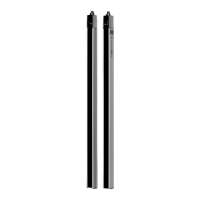
